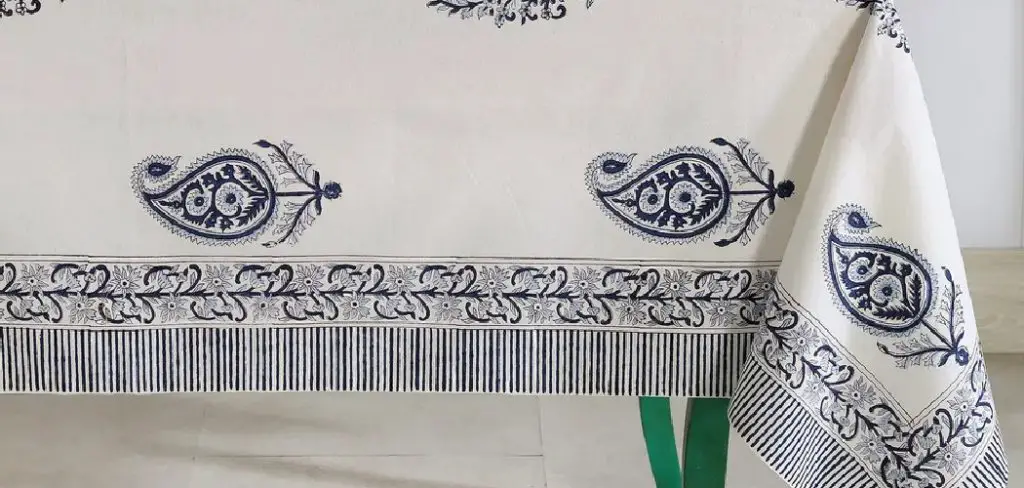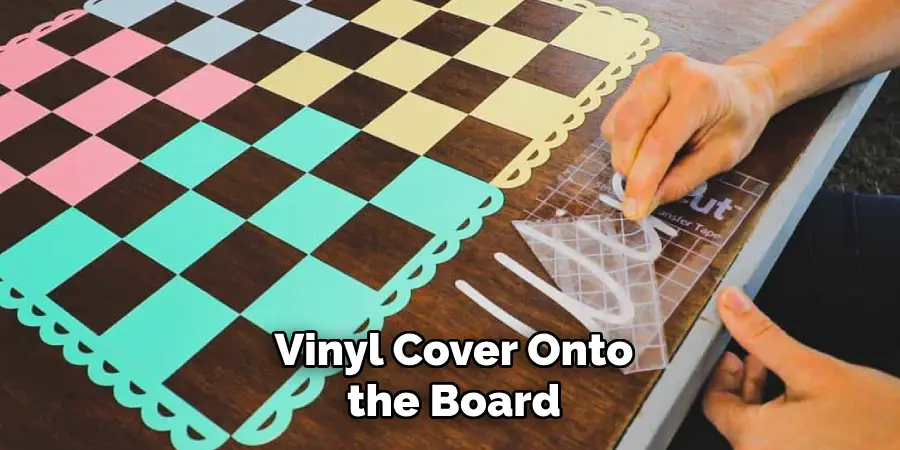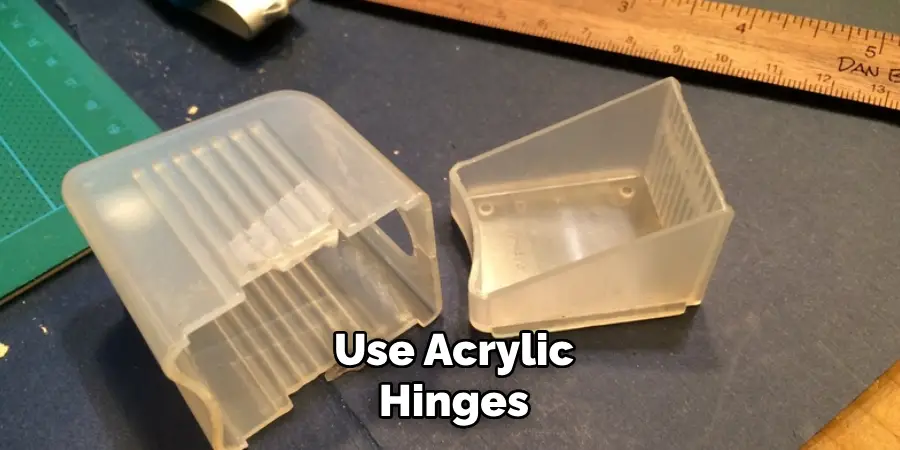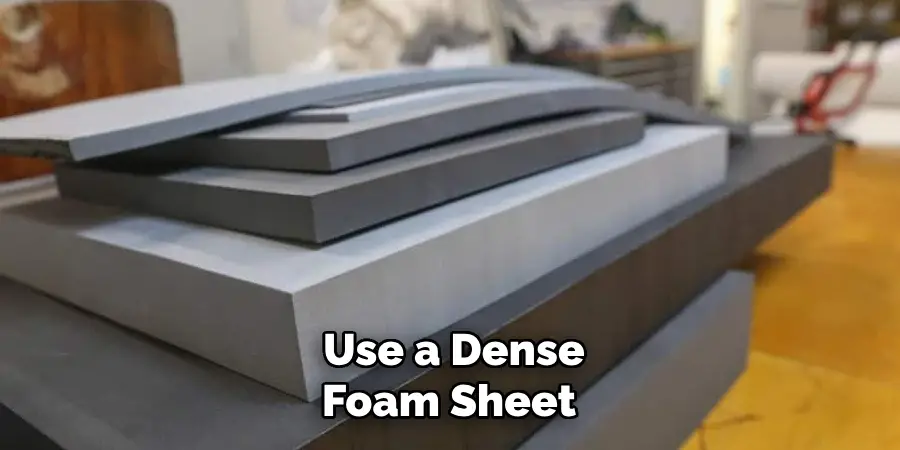Creating a folding table topper is a fantastic way to enhance the appearance and functionality of any table, whether for events, crafting, or additional workspace. This project is perfect for those who love do-it-yourself endeavors and want a portable solution that can easily adapt to various needs. Whether you are hosting a gathering or simply need extra room for projects, a folding table topper provides a neat, professional look while being highly practical. In the following steps, we’ll guide you through how to make a folding table topper.

Benefits of Making Your Own Table Topper
Creating your own folding table topper offers several advantages that make the endeavor worthwhile. Firstly, it provides the flexibility to customize the dimensions and design according to your specific needs and preferences. This personalization ensures a perfect fit for any table you might already have, maximizing both aesthetics and functionality. Secondly, a self-made table topper often leads to cost savings, as purchasing materials can be more economical than buying a ready-made product. Additionally, crafting one yourself allows you to select quality materials, ensuring durability and longevity. Finally, the process of making your own table topper can be a rewarding and satisfying DIY project, providing a sense of accomplishment and the opportunity to hone your crafting skills.
Materials and Tools Needed
Before starting your project, gather the necessary materials and tools to ensure a smooth crafting process. Here’s a list of what you’ll need:
Materials:
- Plywood or MDF board: Choose a board that matches the desired size and thickness for your table topper.
- Hinges: Select durable hinges for easy folding and unfolding of the topper.
- Foam padding: Optional, for added comfort and a cushioned surface if needed.
- Fabric or vinyl cover: Choose a durable material for covering the board, based on your aesthetic preference.
- Adhesive spray: To secure the fabric or vinyl to the board.
- Sandpaper: For smoothing the edges and surface of the board.
Tools:
- Measuring tape: To ensure precise dimensions for your board.
- Saw: To cut the board to your specified size, if not pre-cut.
- Screwdriver or drill: For attaching the hinges securely.
- Staple gun: Useful for securing fabric or vinyl cover onto the board.
- Scissors: To cut fabric or other soft materials.
Gathering these materials and tools beforehand will prepare you for seamless assembly and help avoid unnecessary interruptions during the crafting process.

Planning Your Folding Table Topper
Before diving into the construction phase, it is crucial to plan your folding table topper meticulously. Start by determining the size of your topper based on the table you intend to use it on. Measure the dimensions of the table, considering any additional space you might want the topper to cover. Once you have the measurements, sketch a detailed plan, including the placement of hinges for folding and any specific design elements you prefer.
Decide if you would like the edges to be straight or rounded, as this can impact both aesthetics and functionality. Additionally, consider the choice of materials: while plywood provides a sturdier but somewhat heavier option, MDF offers a smooth surface that might be preferable in some cases.
10 Methods How to Make a Folding Table Topper
1. Dual-Hinge Wooden Topper
A dual-hinge wooden topper is one of the simplest ways to enhance a folding table. Start by measuring the table and cutting a piece of plywood or MDF slightly larger than the table’s surface for overhang. Divide the topper into two equal halves and attach them with sturdy hinges to allow folding. Sand the edges and surface smooth, then paint or stain the wood for a polished look. Use felt pads or rubber strips underneath to prevent sliding. This method is perfect for adding elegance and functionality to a basic folding table.
2. Tri-Fold Fabric-Covered Topper
For a lightweight and portable option, create a tri-fold fabric-covered topper. Use three panels of foam board or lightweight plywood and cover each piece with batting and durable fabric. Staple the fabric securely to the back of each panel, ensuring a taut fit. Connect the panels using fabric or flexible plastic hinges to allow the topper to fold easily. This topper is easy to transport and store, making it ideal for events or temporary setups.

3. Reversible Topper with Different Finishes
A reversible topper offers versatility with two distinct surface finishes. Cut a plywood sheet to fit the table and sand it smooth. Paint one side with a durable, water-resistant paint for casual use, and apply a high-quality wood stain or laminate on the other side for a polished appearance. Add a folding mechanism by attaching hinges along the middle. This design provides the convenience of switching styles depending on the occasion or setting.
4. Collapsible Bamboo Topper
A collapsible bamboo topper is a sustainable and lightweight option. Bamboo panels, available at home improvement stores, can be cut to size and hinged together with metal or plastic hinges. Sand and seal the bamboo for a smooth, durable finish. This topper folds compactly, making it easy to transport and store. Its natural look adds an organic touch to any space, making it a great choice for outdoor picnics or rustic-themed events.
5. Built-In Storage Topper
For a dual-purpose design, create a folding topper with built-in storage. Use two sheets of plywood, with one acting as the tabletop and the other as a hinged cover for the storage compartment underneath. Add dividers or small compartments inside for storing items like tableware or stationery. Attach the two panels with hinges, allowing the storage section to open and close easily. This method is perfect for home offices, craft rooms, or any setup requiring organized storage.
6. Acrylic Folding Topper
An acrylic topper is a modern, easy-to-clean option ideal for various settings. Purchase an acrylic sheet cut to the table’s size or slightly larger. Use acrylic hinges or flexible tape hinges to divide the sheet into foldable sections. Smooth the edges with sandpaper or a heat tool to prevent sharp edges. This topper is lightweight, portable, and perfect for spaces where easy maintenance is essential, such as classrooms or outdoor events.

7. Expandable Folding Topper
An expandable topper is a versatile choice for tables of varying sizes. Start with two wooden panels that overlap and slide to expand or contract as needed. Use sliding rails or grooves to connect the panels, allowing smooth adjustment. Add hinges to one side to fold the topper for storage. Sand and finish the wood for durability. This design is great for families or events where table size may need to change frequently.
8. Vinyl-Wrapped Topper
A vinyl-wrapped topper is an easy-to-clean option for messy activities like arts and crafts or dining. Cut a plywood or MDF board to size and cover it with a layer of foam padding for comfort. Wrap vinyl fabric tightly around the board, securing it underneath with staples or adhesive. Divide the topper into foldable sections using hinges or fabric tape. This design is durable, water-resistant, and perfect for multipurpose use.
9. Decorative Mosaic Folding Topper
For a unique and artistic table topper, create a mosaic design. Start with a wooden board and lay out your mosaic tiles in a pattern of your choice. Adhere the tiles using tile adhesive, then grout the spaces between them for a smooth finish. Divide the topper into sections with hinges to make it foldable. This topper adds a personal touch and works well as a statement piece for events or dining areas.
10. Portable Lightweight Foam Topper
A foam topper is a highly portable and user-friendly solution. Use a dense foam sheet and cut it to the desired size. Cover the foam with fabric or a wipeable vinyl surface, securing it with adhesive or a sewing technique. Fold the foam into panels by scoring the surface lightly and attaching fabric hinges. This topper is lightweight, easy to store, and ideal for temporary uses like camping or kids’ play areas.

Things to Consider When Choosing a Folding Table Topper
When selecting a folding table topper, several factors should guide your decision-making process to ensure that the topper is both functional and aesthetically pleasing. First, consider the intended use and the environment where the table will be placed; this will influence the material choice and necessary durability. For instance, outdoor use may require weather-resistant materials, while indoor use might allow for more delicate options. Next, think about the ease of transport and storage—topper designs that fold compactly or utilize lightweight materials are ideal for those who frequently move or store the table. Additionally, consider any aesthetic preferences or themes you wish to maintain, which could dictate the style and finish of your topper.
Conclusion
Choosing the right folding table topper can significantly enhance the functionality and appearance of your space, making it versatile for different activities and events. With a variety of materials and designs to choose from, you can tailor your topper to meet specific needs, whether that’s for temporary setups, ease of transport, or aesthetic appeal. Considering the factors discussed can guide you to a solution that not only complements your existing décor but also provides practical benefits such as extended durability and easy maintenance. Thanks for reading, and we hope this has given you some inspiration on how to make a folding table topper!

